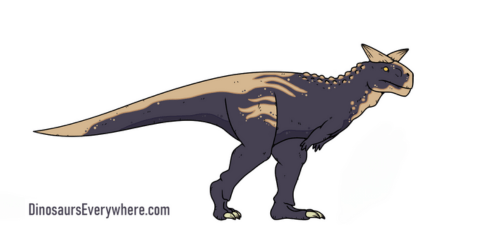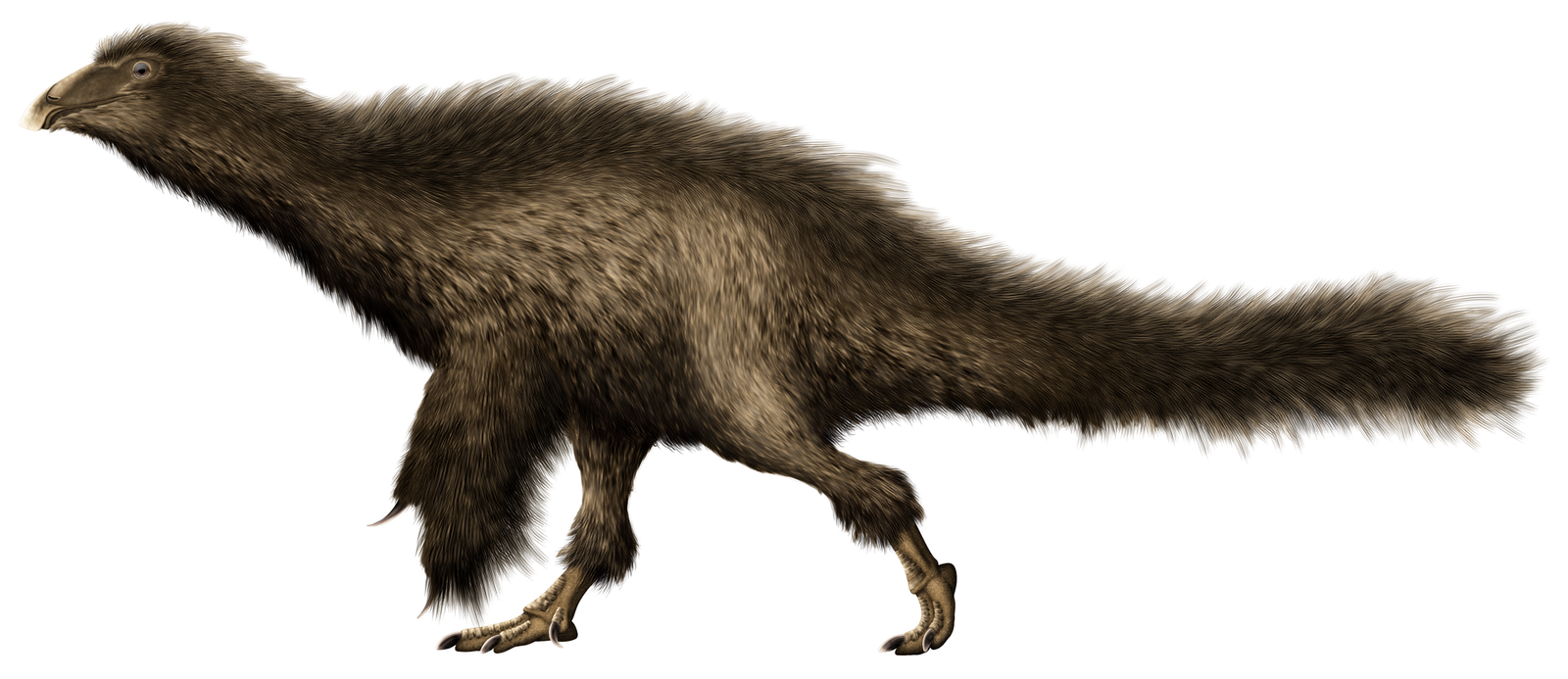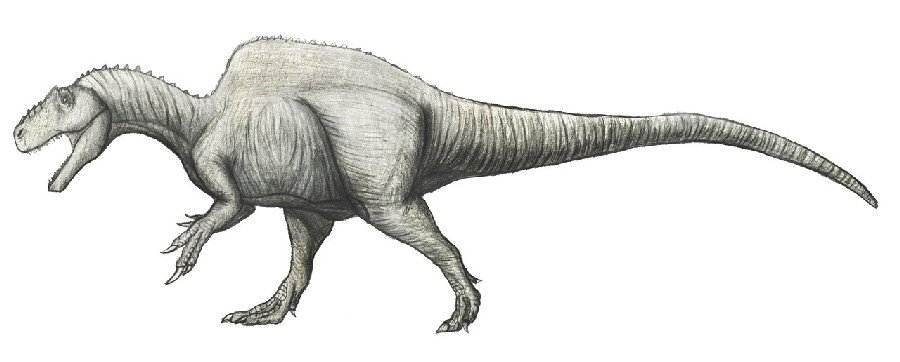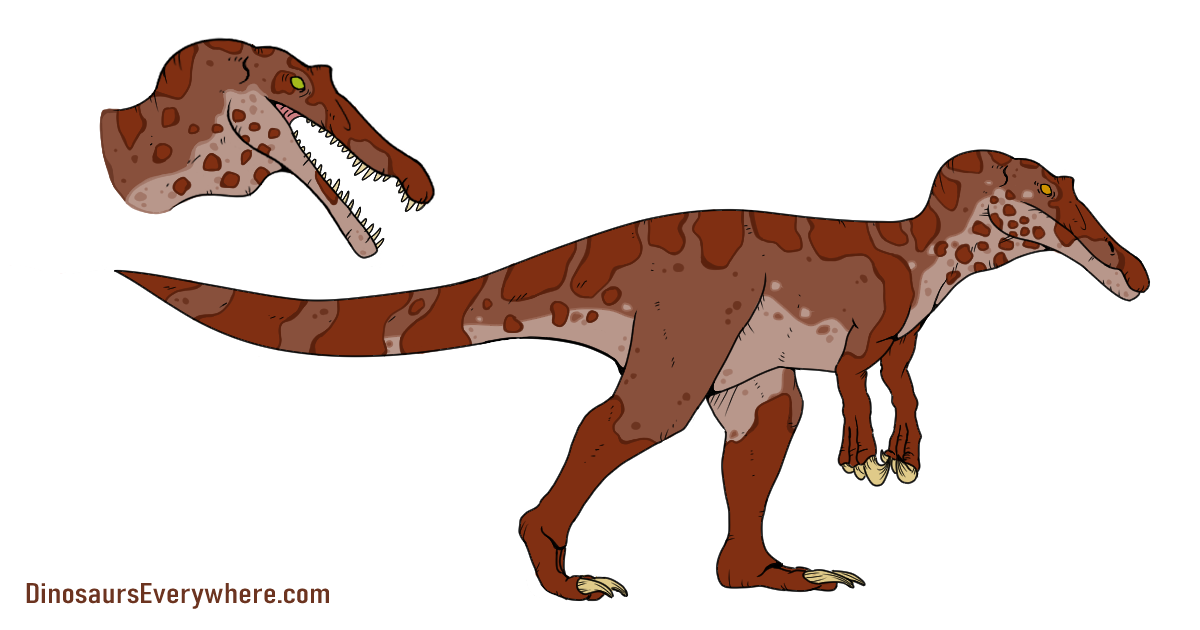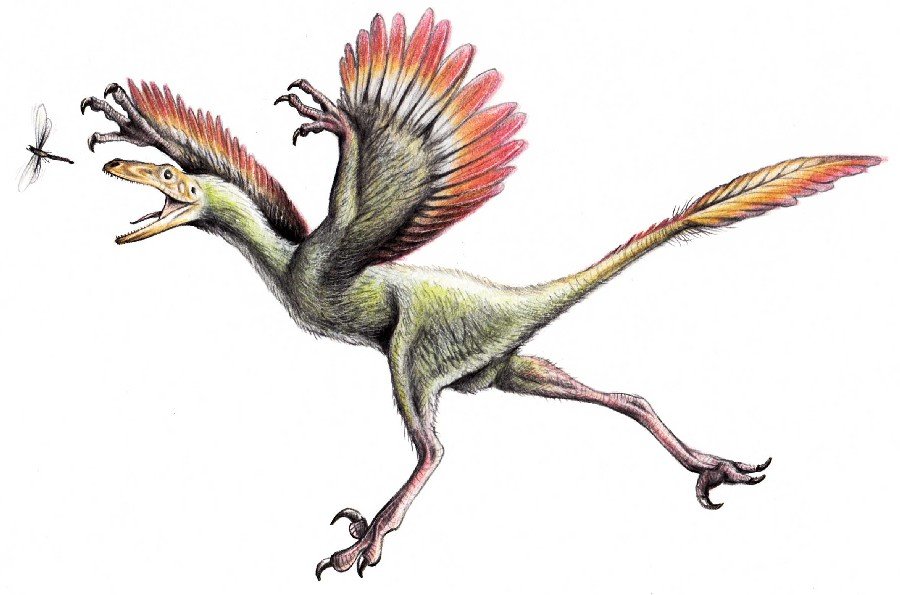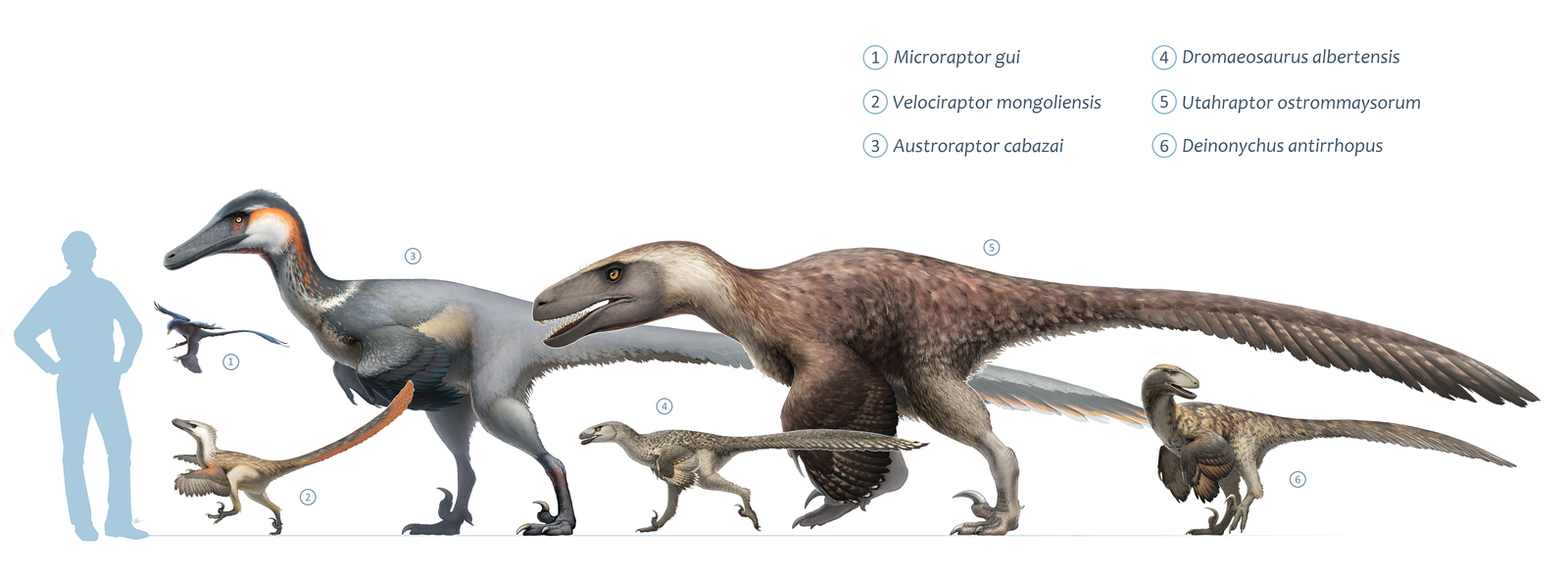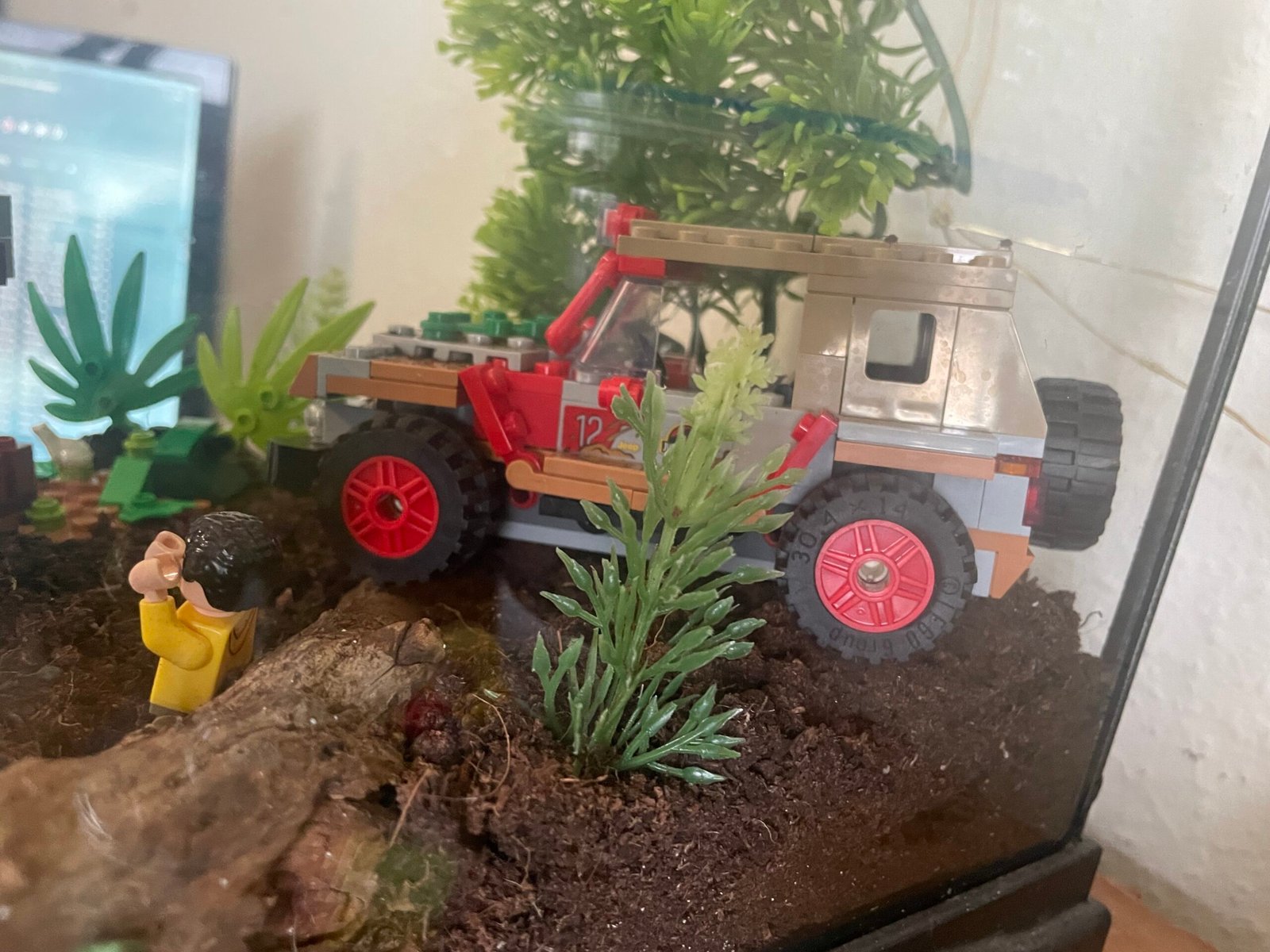Category: Carnivore Species

Carnotaurus
Discovery and Classification of Carnotaurus The discovery of Carnotaurus, a notable member of the theropod dinosaurs, marked a significant milestone in our understanding of prehistoric life. Unearthed in Argentina by José Bonaparte in 1985, the almost complete skeleton of Carnotaurus sastrei provided a unique glimpse into the Late Cretaceous period, particularly due to its distinctive…
Chilantaisaurus
Chilantaisaurus, a lesser-known but fascinating theropod dinosaur, was first discovered in the Chilantai region of Inner Mongolia, China. The discovery was made in the early 1960s, specifically in 1964, by a team of paleontologists led by Hu Shenyi. This significant find occurred in the Ulansuhai Formation, a geological formation known for housing a variety of…
Allosaurus – Discovery and Historical Context
Allosaurus, a prominent theropod dinosaur from the Jurassic Period, was first described in the late 19th century. It was discovered by Othniel Charles Marsh in 1877 in the Morrison Formation of North America, a rich fossil bed that has provided extensive insight into Jurassic life. The most significant Allosaurus fossils are displayed in museums worldwide,…

Allosaurus – Rethinking the Lifestyle of a Jurassic Icon
Allosaurus, a well-known theropod dinosaur from the Jurassic Period, has traditionally been seen as a fearsome apex predator. However, recent research proposes a different role for this dinosaur, suggesting that it may have been more of a scavenger than a hunter. A Scavenger’s Adaptation Studies, such as Pahl and Ruedas (2021), indicate that Allosaurus might…

Beipiaosaurus
Unearthing the Enigmatic Dinosaur of China’s Past. The world of paleontology is filled with fascinating discoveries, each unveiling a piece of Earth’s ancient history. Among these, Beipiaosaurus stands as an enigmatic figure, offering insights into the world of dinosaurs during the Early Cretaceous period. In this article, we will delve into the discovery, characteristics, habitat,…

Becklespinax: The Mysterious Dinosaur of the Early Jurassic
Becklespinax is a genus of theropod dinosaur that lived during the Early Jurassic period, approximately 201 to 174 million years ago. It was discovered in 1984 by amateur fossil hunter Simon Beckles in England, and was named after him. The fossils of Becklespinax were found in the Lower Lias Formation in the cliffs of the…

Baryonyx:
A Fish-Eating Dinosaur from the Early Cretaceous Period Baryonyx Appearance Baryonyx was a theropod dinosaur that lived during the Early Cretaceous period, around 130-125 million years ago. It had a long, narrow snout with a distinctive crocodile-like jaw full of sharp teeth. Baryonyx had long, sharp claws on its hands, which it likely used to…

Bambiraptor
Artist credit to https://dinosaurpictures.org/Bambiraptor-pictures A Small Dromaeosaurid from the Late Cretaceous Period Bambiraptor is a small dromaeosaurid dinosaur that lived in the late Cretaceous period, around 70 million years ago. It belongs to the Dromaeosauridae family, which is known for its sharp claws and bird-like appearance. Bambiraptor is one of the smallest dromaeosaurids discovered to…

Austoraptor
A Carnivorous Dinosaur from the Late Cretaceous Period As you can see from the picture, Austoraptor was one of the largest, whereas Velociraptor was more average. Austoraptor is a carnivorous dinosaur that lived in the late Cretaceous period, around 70 million years ago. It belongs to the Dromaeosauridae family, which is known for its sharp…

My Dilophosaurus Enclosure – with Dennis Nedry
Watching Jurassic Park as a kid, this dinosaur was my favourite for a long, long time. The raptors and T rex were very cool, but the colours were similar (and bland). The herbivores were cool but Putting aside the raptor’s intelligence and sickle claws, the kid version of me found the predatory dinosaurs pretty much…
